Polar Bears on Mission Street
San Francisco fourth graders learn about global warming and take action to save the polar bears.
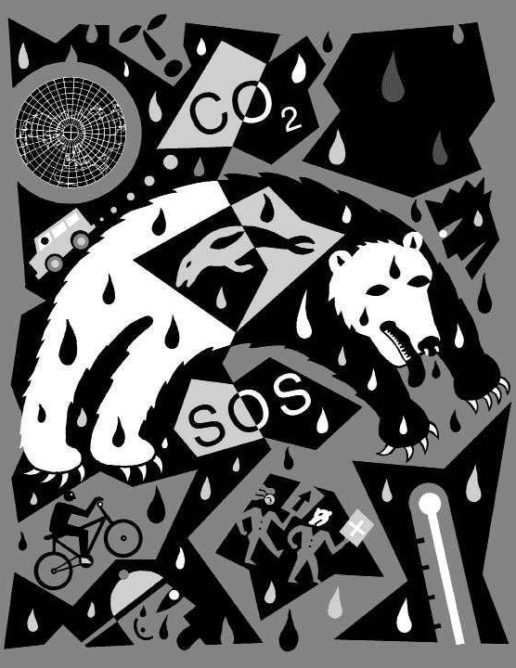
San Francisco fourth graders learn about global warming and take action to save the polar bears.
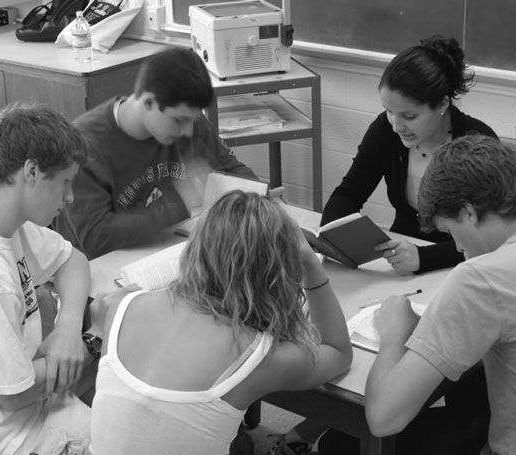
Using native Spanish speakers to instruct their classmates in more than just verbs and pronunciation.
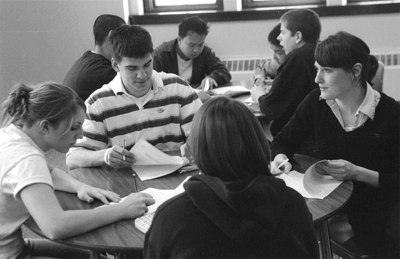
This content is restricted to subscribers
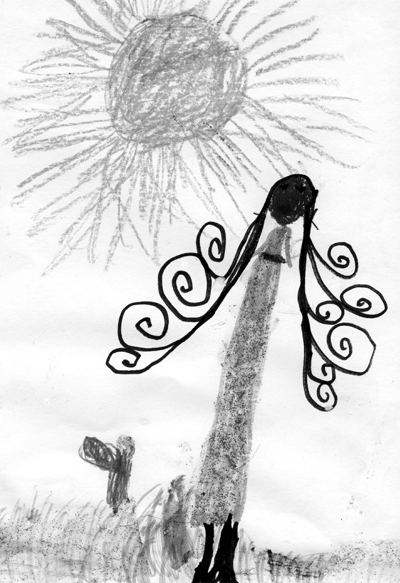
This content is restricted to subscribers
This content is restricted to subscribers

This content is restricted to subscribers

An ordinary spider assists a multilingual third-grade classroom.
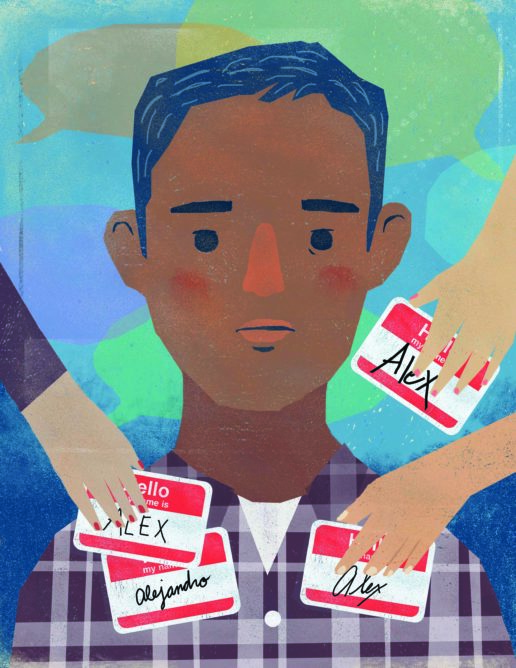
Students’ names are the first thing teachers know about the young people who enter our classrooms; they can signal country of origin, gender, language. Students’ names provide the first moment when a teacher can demonstrate their warmth and humanity, their commitment to seeing and welcoming students’ languages and cultures into the classroom.
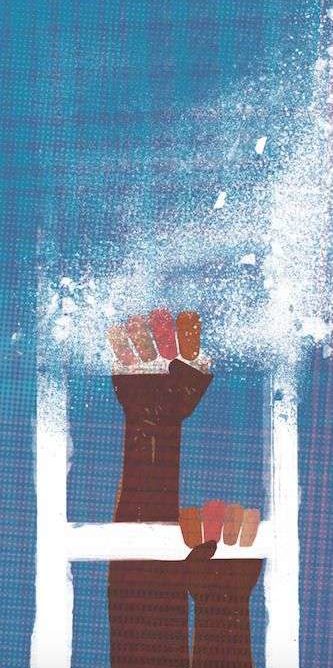
A teacher of color writes about obstacles he faced during his first year in the classroom and the support he received — and did not receive — from other teachers and administrators.
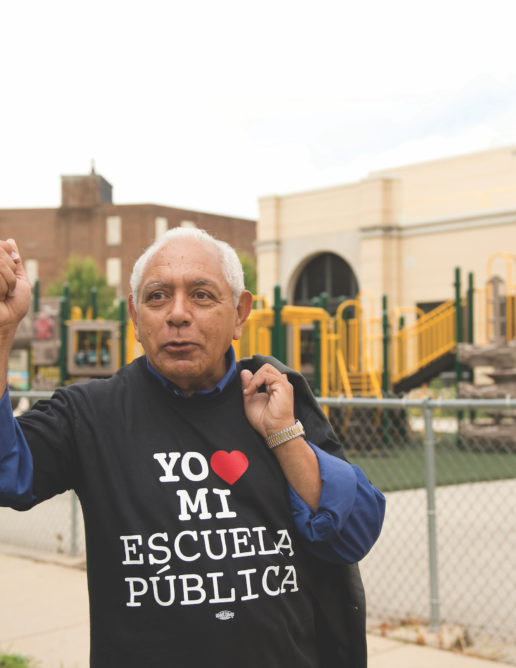
Organizer and advocate Tony Báez has been fighting for improved bilingual education programs for decades. In this interview, he talks about the current state of bilingual education and describes how parents and educators won a maintenance K-12 bilingual program in the Milwaukee Public Schools.
Educator Debbie Wei, co-founder of a folk arts-based school in Philadelphia’s Chinatown, describes her journey—from growing up as the child of Chinese immigrants who never spoke to her in their native language, to advocating for heritage language programs.
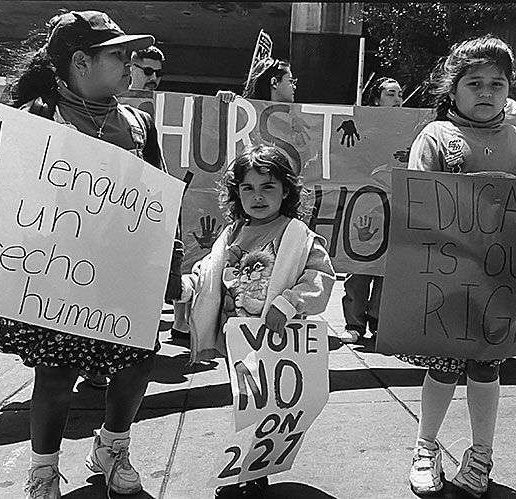
Is the Common Core better than current approaches to English language learners—or the next salvo in more than a decade of attacks on bilingual programs?
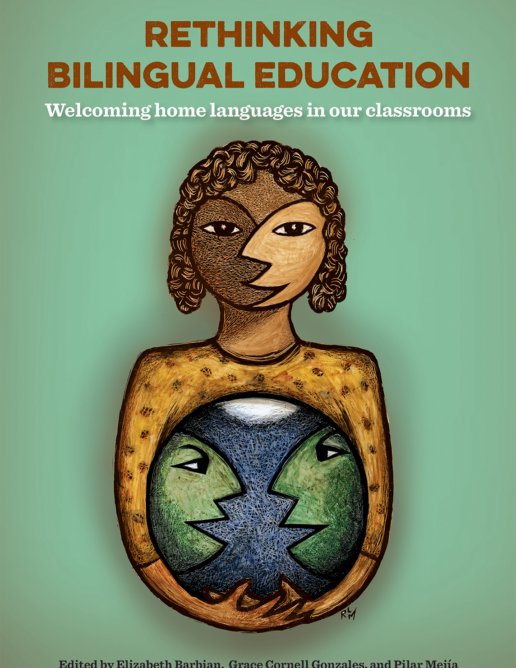
Rethinking Bilingual Education is an exciting new collection of articles about bringing students’ home languages into our classrooms. How do we bring social justice curriculum into our bilingual classrooms? How […]